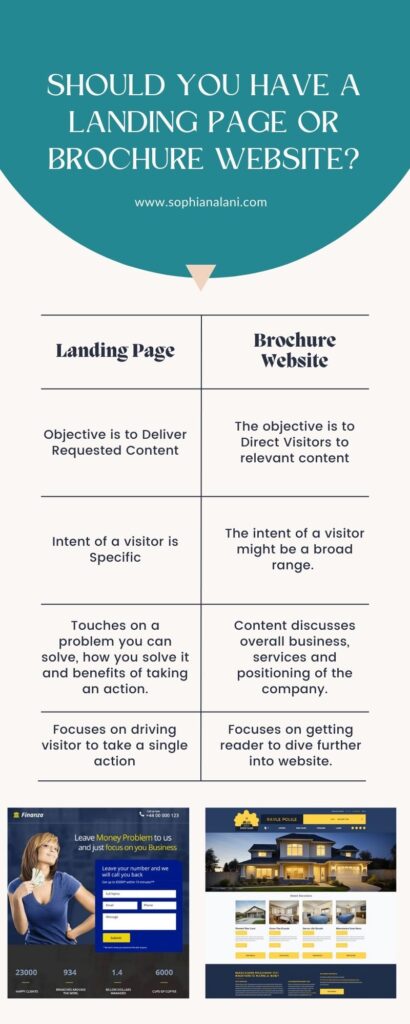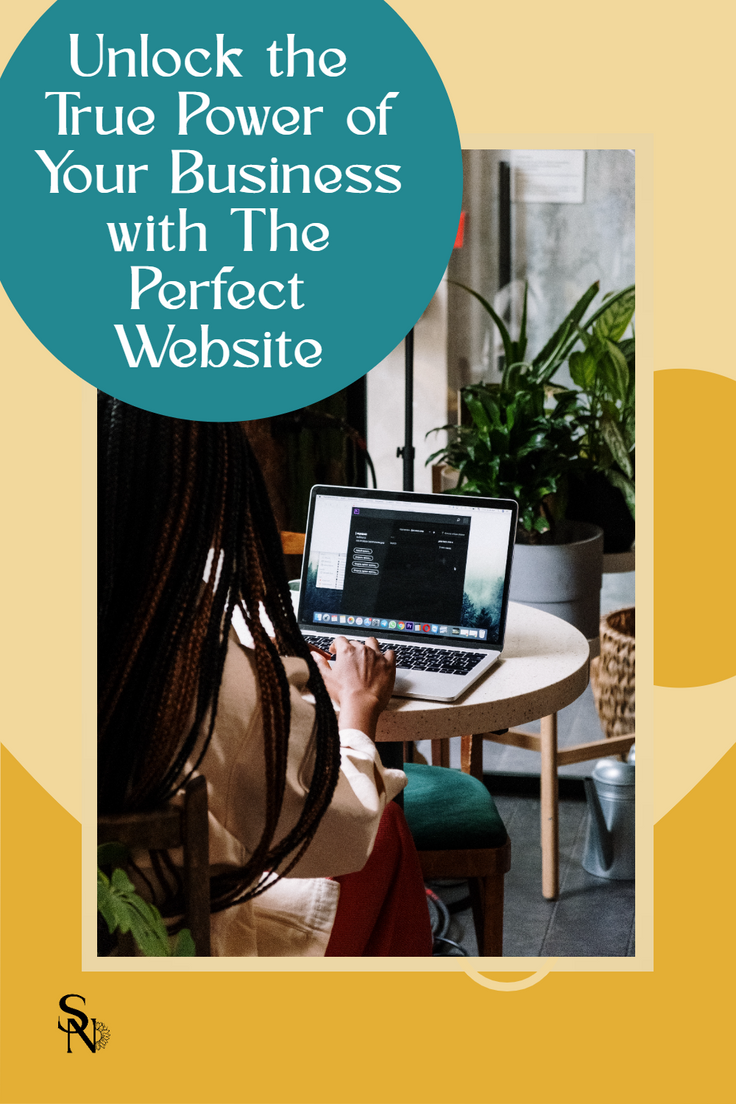Introduction:
Are you a female service-based business owner who is ready to take your business to the next level? If so, you’re in the right place! In today’s article, we’re going to be talking about how to design a killer website for your small business and discuss whether doing it yourself or hiring a professional is better for you. A website is a key component of your online presence and can make a huge difference in your business’s success. But, we understand that designing a website can be overwhelming, so we’re going to break it down step by step.
Table of Contents:
I. Introduction
II. Types of Websites for Small Business
III. Business Branding and Website Design
IV. What Do You Need in Your Small Business Website?
V. How Much Does It Cost to Design and Build a Small Business Website?
VI. Hire a Professional Web Designer or Do It Yourself?
VII. Conclusion
Business Branding and Website Design:
Your website is an extension of your brand. It is your personal medium for connecting with prospective clients under your own rules, not social media and other platforms, so it’s important to incorporate your branding into the design. This includes your brand colors, mood board, logo, and messaging. Consistency is key when it comes to branding, so make sure to carry your branding throughout the entire website.

When designing your website, keep in mind the user experience. Your website should be easy to navigate and provide all the necessary information in a clear and concise manner. Make sure to include a clear call to action on each page to guide potential customers toward taking action.

Types of Websites for Small Business:
First things first, let’s talk about the different types of websites for small businesses. There are three main types: brochures, eCommerce, and lead-generation websites. A brochure website is like a digital brochure, providing information about your business and services. An eCommerce website allows you to sell products or services online. And a lead generation website is designed to capture leads and turn them into paying customers.
When it comes to small business website design, we recommend starting with a brochure website. This type of website is the most affordable and provides the necessary information to potential customers. Plus, it’s easy to upgrade to an eCommerce or lead generation website in the future if needed.

What Do You Need in Your Small Business Website?
Now, let’s talk about the essential features and pages for your small business website. Here are some key elements to include:
- Home page: This should include a clear message about your business and services and a call to action to guide potential customers toward taking action.
- About page: This is where you can tell your story and share your brand’s values.
- Services page: This page should provide a detailed overview of your services and pricing.
- Testimonials page: Social proof is essential in today’s digital world. Include customer testimonials to show potential customers that you’re trustworthy and reliable.
- Contact page: Make it easy for potential customers to get in touch with you by including a clear contact form or phone number.
When creating content for your website, make sure to include keywords that potential customers might use when searching for your services. This will help improve your website’s SEO and increase your chances of ranking in Google.
How Much Does It Cost to Design and Build a Small Business Website?
We know that budget is a concern for small business owners, but having a professional website is essential for your business’s success. The cost of website design and development can vary depending on a number of factors, such as the complexity of the website and the level of customization needed.
On average, hiring a professional web designer can cost anywhere from $2,000 to $10,000. However, freelancers like me can complete a full website on the lower end of that spectrum.
When hiring a web designer, it’s important to know what to look for to ensure that you get the best website for your business.
Here are some key factors to consider:
- Purpose: Make sure the designer understands the purpose of your website and can create a design that aligns with your brand and business goals.
- Portfolio: Look at the designer’s portfolio to get an idea of their style and capabilities. Make sure they have experience working with small businesses.
- Communication: You’ll be working closely with your designer, so it’s important to have good communication and feel comfortable asking questions and giving feedback.
- Pricing: Compare pricing among different designers, but keep in mind that the cheapest option may not always be the best. Make sure you’re getting a fair price for the services provided.
VI. DIY vs Hiring a Web Designer
When it comes to creating your small business website, you have two options: DIY or hiring a web designer. Let’s take a closer look at the pros and cons of each option.
DIY Website:
Pros:
- More affordable option: DIY websites can cost anywhere from a few hundred dollars to even free.
- Complete control: You have full control over the design, content, and functionality of your website.
- Flexibility: You can make changes to your website whenever you want, without having to rely on someone else.
Cons:
- Time-consuming: Creating a website from scratch can be a time-consuming process, especially if you don’t have any design or development experience.
- Limited design options: Unless you have design skills or purchase a website template, your website may look unprofessional and not visually appealing.
- No technical support: If something goes wrong with your website, you’re on your own to troubleshoot and fix the issue.
Hiring a Web Designer:
Pros:
- Professional design: A web designer can create a visually appealing and professional website that represents your brand.
- Time-saving: A web designer can create your website in a fraction of the time it would take you to DIY.
- Technical support: If something goes wrong with your website, your web designer can troubleshoot and fix the issue for you.
Cons:
- More expensive: Hiring a web designer can cost anywhere from a few hundred to several thousand dollars, depending on the complexity of your website.
- Less control: While you’ll have input into the design and functionality of your website, you’ll ultimately be giving up some control to the web designer.
- Limited flexibility: Changes to your website will need to be made through your web designer, which can result in additional costs.
Ultimately, the decision to DIY or hire a web designer comes down to your budget, design skills, and time constraints. If you have a smaller budget and are comfortable with design and development, a DIY website may be the best option. However, if you have a larger budget and want a professional-looking website without the hassle, hiring a web designer may be the way to go.
One way to compromise is to use a website template. This is a pre-designed website with customizable features, allowing you to create a professional-looking website without the high cost of hiring a web designer. Many website builders like Showit offer customizable templates that can be tailored to your brand and business needs.
Conclusion: Get Your Small Business Website Design Right the First Time
Your website is often the first impression potential clients have of your business. Don’t let a poorly designed website turn them away. Your website can be a powerful tool to help your business grow and succeed.
Let me know which you think is better! Hiring a Professional or DIYing?
P.S.
I specialize in fast website design services using Showit, creating purpose-driven designs that convert traffic into leads and help our clients earn more money. As a female-owned business, we prioritize building connections with female service-based business owners like you. Let us help you set up your marketing efforts for success with a small business website design that works for your unique needs and goals.

View comments
+ Leave a comment